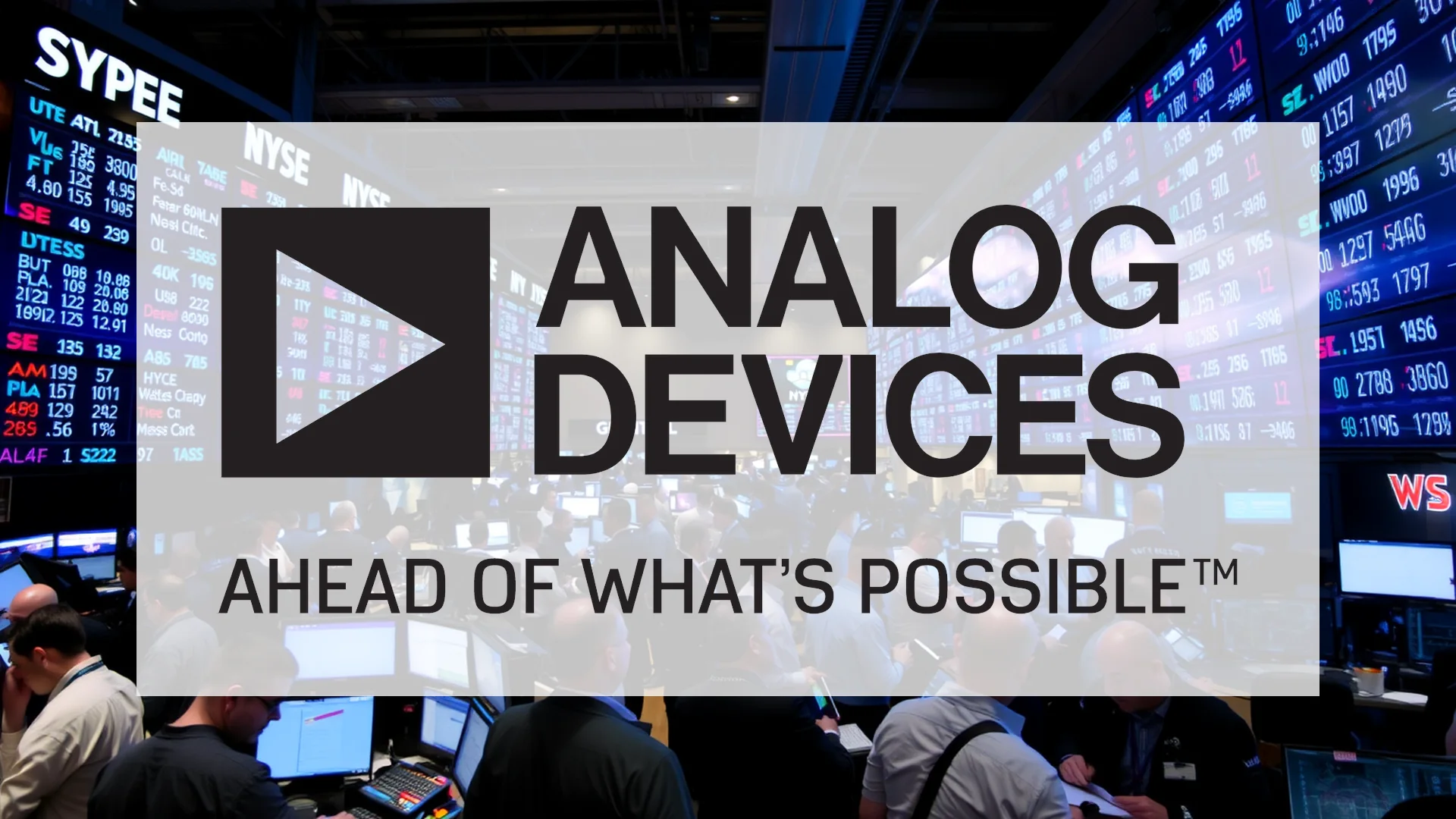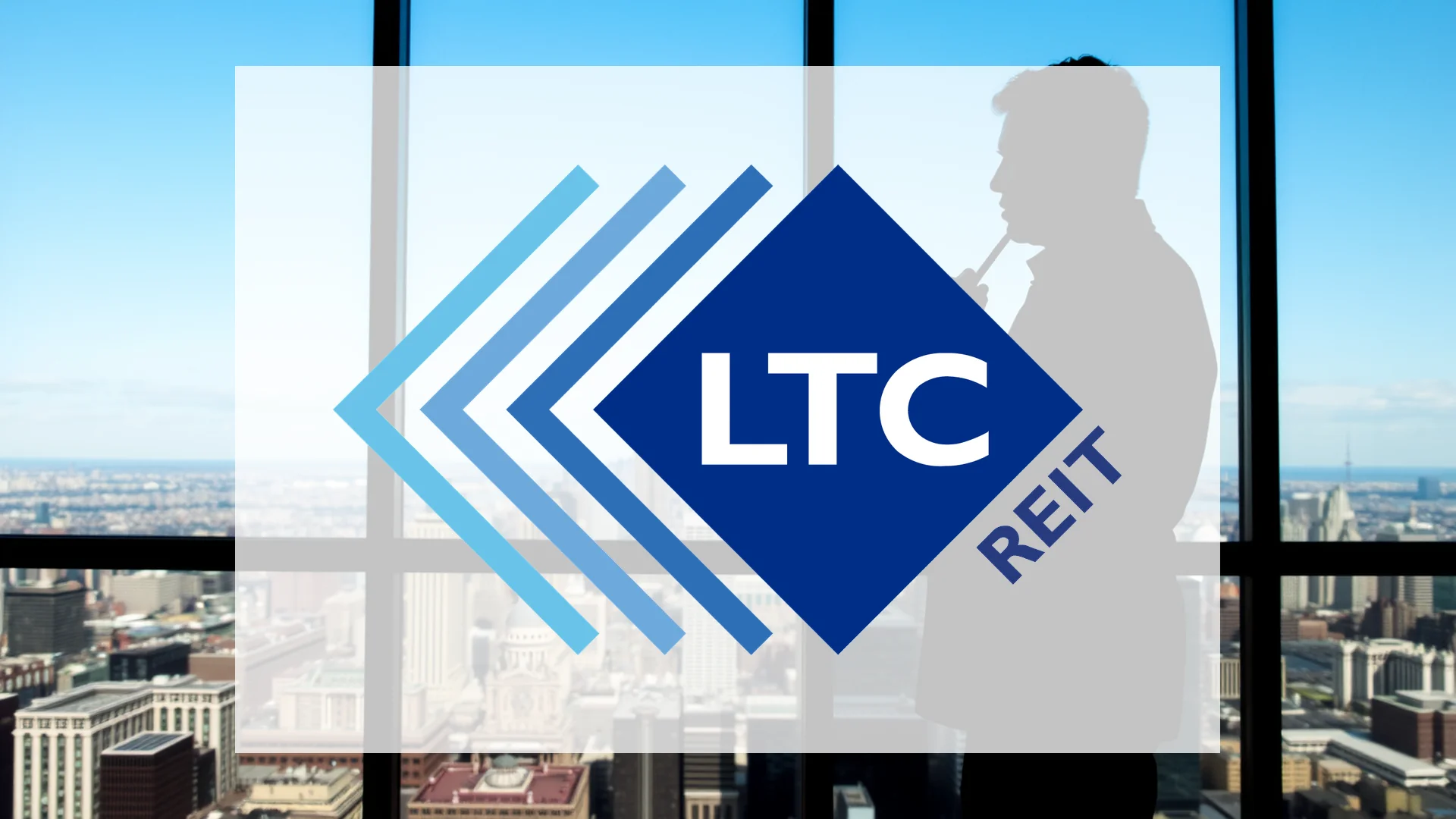The ongoing technology dispute between the United States and China appears headed for another escalation, with Dutch chip equipment manufacturer ASML positioned directly in the crosshairs. Just as global demand for artificial intelligence processors surges, potential new export restrictions threaten to sever access to a crucial growth market. Investors now question whether the company can successfully navigate these emerging geopolitical challenges.
Earnings Report Looms Amid Uncertainty
All attention focuses on ASML’s upcoming quarterly results, scheduled for release on October 15. Market experts anticipate solid financial performance, with projections pointing toward earnings of approximately $6.32 per share and revenue falling between $8.8 billion and $9 billion. However, the management’s forward-looking commentary will likely carry greater significance than these historical figures.
The central concern revolves around how ASML leadership assesses the potential damage from tightening export regulations. Can other geographic markets sufficiently compensate for any lost Chinese business? The answers provided during the earnings call will undoubtedly shape share price movement in subsequent trading sessions.
Regulatory Environment Tightens
American officials are advocating for stricter prohibitions on semiconductor manufacturing equipment sales to China. A recent investigative report revealed that Chinese chipmakers purchased machinery valued at $38 billion last year, successfully circumventing existing trade barriers. New regulatory proposals aim to close these loopholes and establish a more unified export control framework.
Should investors sell immediately? Or is it worth buying Asml?
This development poses a substantial threat to ASML’s business model. As the global leader in advanced lithography systems, the company has previously maintained Chinese operations through differing regulatory approaches across the United States, Japan, and the Netherlands. This arrangement has enabled non-American firms to continue business relationships in China where U.S. companies faced exclusion. That era may be concluding.
Conflicting Market Forces Create Volatility
Despite these political headwinds, fundamental demand for semiconductor manufacturing equipment remains exceptionally strong. Industry association SEMI forecasts that worldwide spending on 300mm fabrication equipment will surpass the $100 billion threshold for the first time in 2025.
Two powerful trends drive this projected growth: relentless expansion in artificial intelligence applications and global initiatives toward semiconductor self-sufficiency. These positive fundamental drivers currently compete with regulatory constraints, creating a tension that maintains ASML shares in a volatile equilibrium.
The coming months will determine whether the chip equipment giant can sustain its growth narrative despite political challenges, or if China-related risks will fundamentally alter its trajectory.
Ad
Asml Stock: Buy or Sell?! New Asml Analysis from November 24 delivers the answer:
The latest Asml figures speak for themselves: Urgent action needed for Asml investors. Is it worth buying or should you sell? Find out what to do now in the current free analysis from November 24.
Asml: Buy or sell? Read more here...











